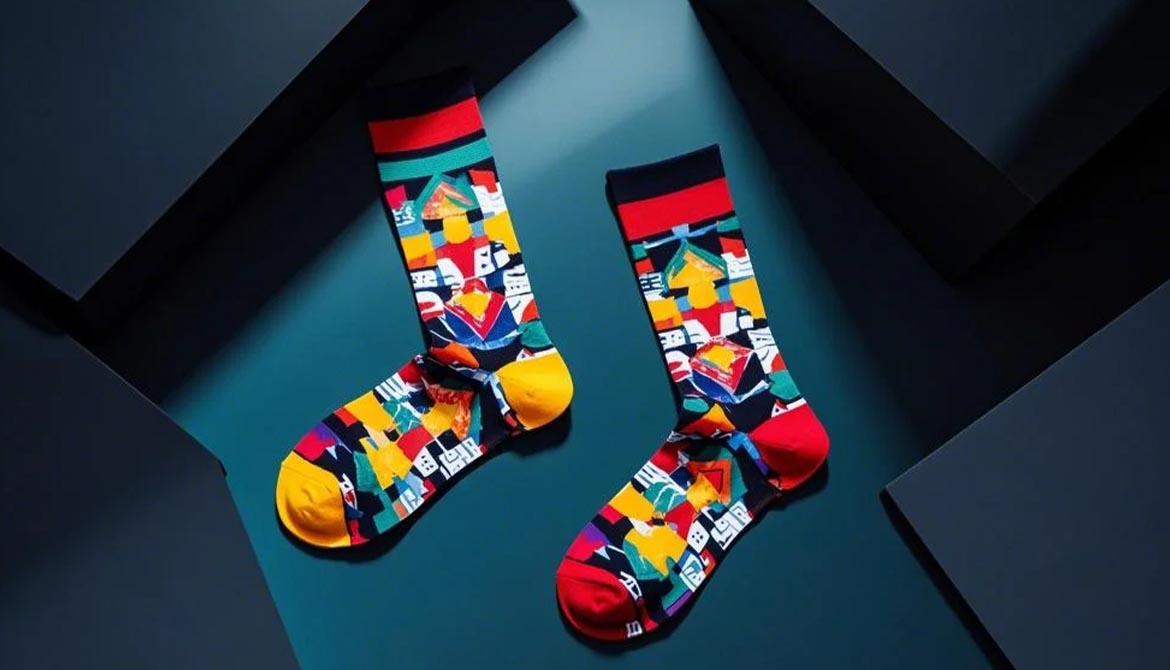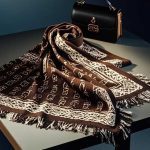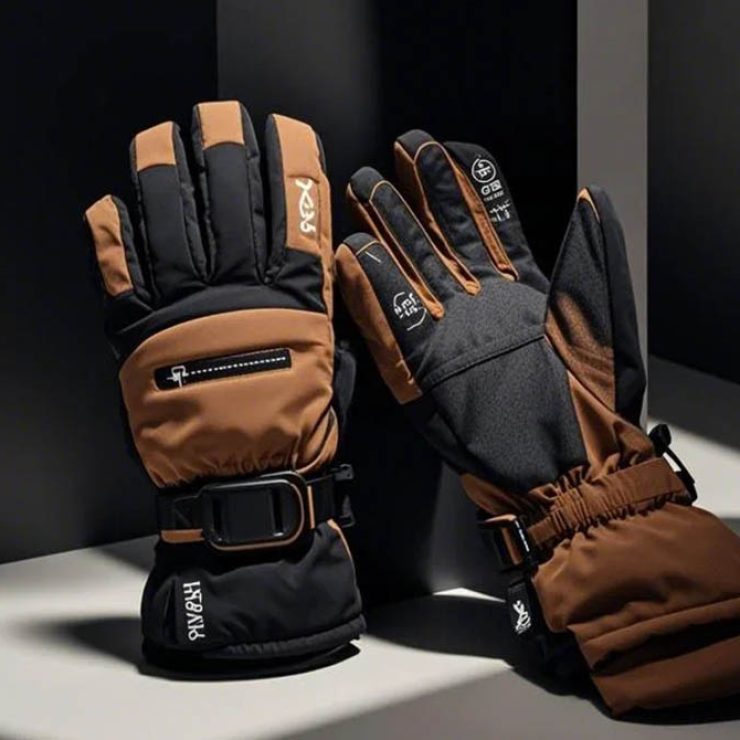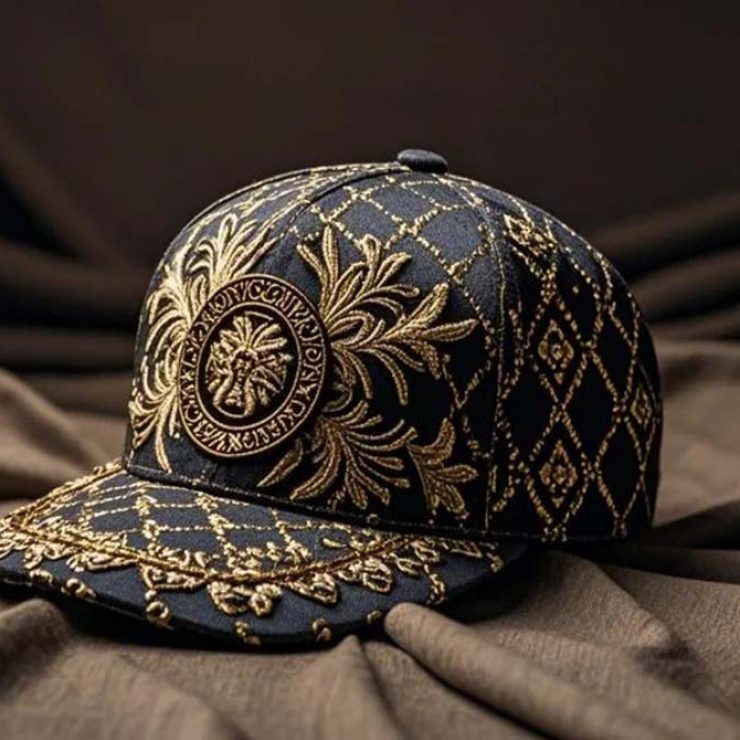
Socks

Yarn
Cotton, Wool, Bamboo, Polyester, Nylon

Embroidery
High Density Embroidery Machine

Printing
Screen Printing, Thermal Transfer, Digital Direct Printing, Etc.

ECO
Organic Cotton, Recycled Polyester, Etc
- 1. Material Selection & Yarn Preparation
- Fibers Used:
- Natural: Cotton (softness, breathability), Wool (thermal insulation), Bamboo (eco-friendly, antimicrobial).
- Synthetic: Polyester, Nylon (durability, stretch), Spandex/Elastane (elasticity).
- Blends: Cotton-polyester-spandex mixes for balanced comfort and stretch.
- Yarn Production:
- Fibers are spun into yarn, often pre-dyed for color consistency.
- Specialty yarns (e.g., moisture-wicking, antibacterial) are processed for performance socks.
2. Knitting- Circular Knitting Machines:
- Seamless Tubes: Most socks are knitted in one piece on circular machines, creating a seamless structure.
- Heel and Toe Shaping:
- Heel Pocket: Machines use “reciprocating knitting” to form a 3D heel cup.
- Toe Closure: Some socks are knitted toe-up, while others leave an open toe for later linking.
- Cuff Ribbing: A ribbed knit (1×1 or 2×2) at the top ensures elasticity.
- Terry Loop Construction (for cushioning):
- Extra loops are knitted on the sole for padded comfort (common in athletic socks).
3. Toe Closing (Linking)- Linking Machines:
- Seamlessly stitches the open toe using a precision needle system to avoid bulky seams.
- Manual linking is used for high-end or custom socks.
4. Dyeing & Printing- Piece Dyeing:
- Solid-colored socks are dyed post-knitting in industrial vats.
- Printing Techniques:
- Screen Printing: For bold patterns or logos.
- Digital Printing: Enables intricate, multi-color designs.
- Embroidery: Adds raised logos or accents (e.g., sports team socks).
5. Finishing Treatments- Washing & Softening:
- Removes residual oils/dyes and enhances fabric softness.
- Anti-Shrink Treatment (wool socks):
- Prevents felting during washes.
- Elasticity Enhancement:
- Coating the cuff with silicone or latex for grip.
- Anti-Odor/Moisture-Wicking:
- Chemical treatments for athletic socks.
6. Quality Control- Defect Checks: Inspect for holes, misaligned patterns, or inconsistent stitching.
- Size Testing: Stretched over metal forms to ensure compliance with standardized sizes.
- Durability Tests: Simulate wear for pilling resistance and seam strength.
7. Pairing & Packaging- Automated Pairing: Machines match and fold socks.
- Retail Packaging: Tagged, boxed, or wrapped in polybags with branding.
- Sustainability: Recyclable packaging or biodegradable materials for eco-conscious brands.
- Fibers Used:





